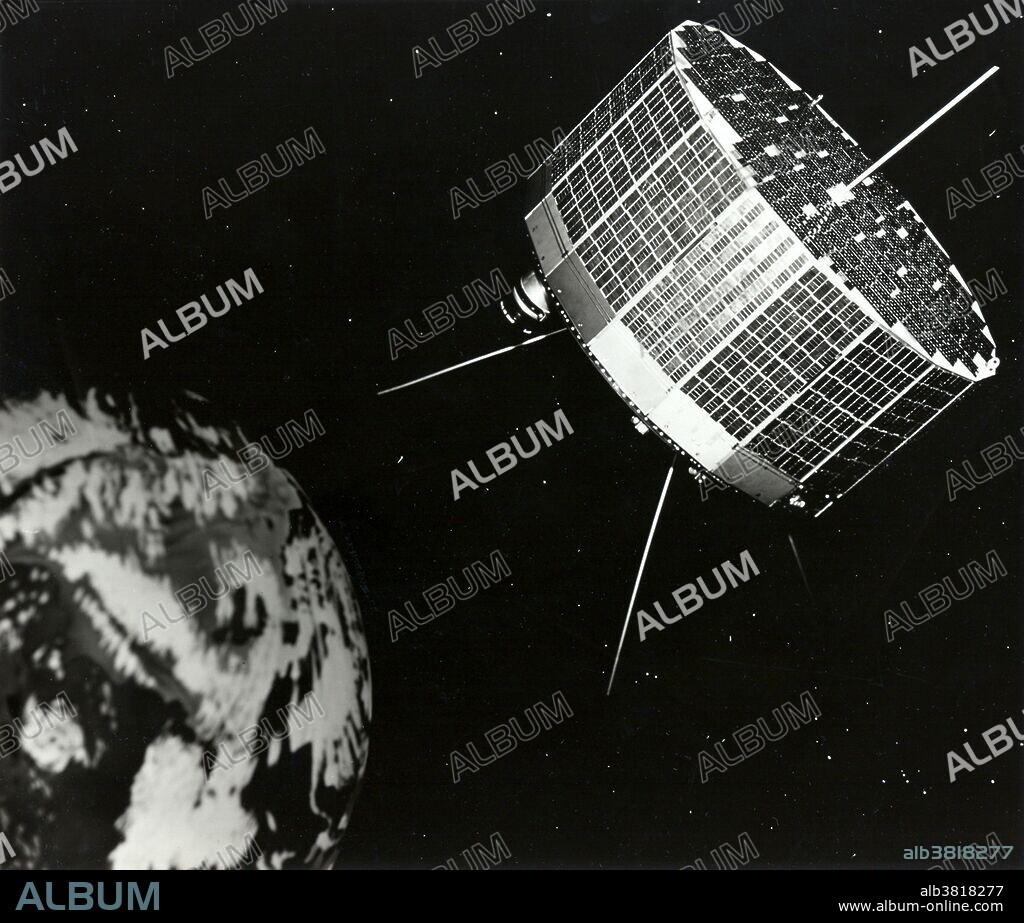alb3818277
TIROS I, First Orbital Weather Satellite, 1960

|
Zu einem anderen Lightbox hinzufügen |
|
Zu einem anderen Lightbox hinzufügen |



Haben Sie bereits ein Konto? Anmelden
Sie haben kein Konto? Registrieren
Dieses Bild kaufen.
Nutzung auswählen:

Titel:
TIROS I, First Orbital Weather Satellite, 1960
Untertitel:
Siehe automatische Übersetzung
TIROS I was the first successful low-Earth orbital weather satellite, and the first of a series of Television Infrared Observation Satellites. The TIROS-1 spacecraft was launched by NASA and partners on April 1, 1960, from Cape Canaveral, Florida, in the United States. The TIROS Program's first priority was the development of a meteorological satellite information system. Weather forecasting was deemed the most promising application of space-based observations. The satellite, which weighed 270 pounds, was specifically designed to test experimental television techniques that would lead to a worldwide meteorological information system. The spacecraft carried two television cameras, a magnetic tape recorder, timer systems, transmitters and a power supply. Early photographs provided new information on cloud systems, including spiral formations associated with large storms, immediately proving their value to meteorologists.
Bildnachweis:
Album / Science Source / U.S. Army
Freigaben (Releases):
Bildgröße:
4050 x 3440 px | 39.9 MB
Druckgröße:
34.3 x 29.1 cm | 13.5 x 11.5 in (300 dpi)
Schlüsselwörter:
1960ER JAHRE • 60ER JAHRE • 60ER • AMERIKANER • BERÜHMT • BERÜHMTE PERSÖNLICHKEIT • EREIGNIS • FORSCHUNG • METEOROLOGIE • NASA • NOTABEL • PROMINENZ • RAUMFAHRT • SECHZIGER JAHRE • TECHNOLOGIE • WETTER
 Pinterest
Pinterest Twitter
Twitter Facebook
Facebook Link kopieren
Link kopieren Email
Email
